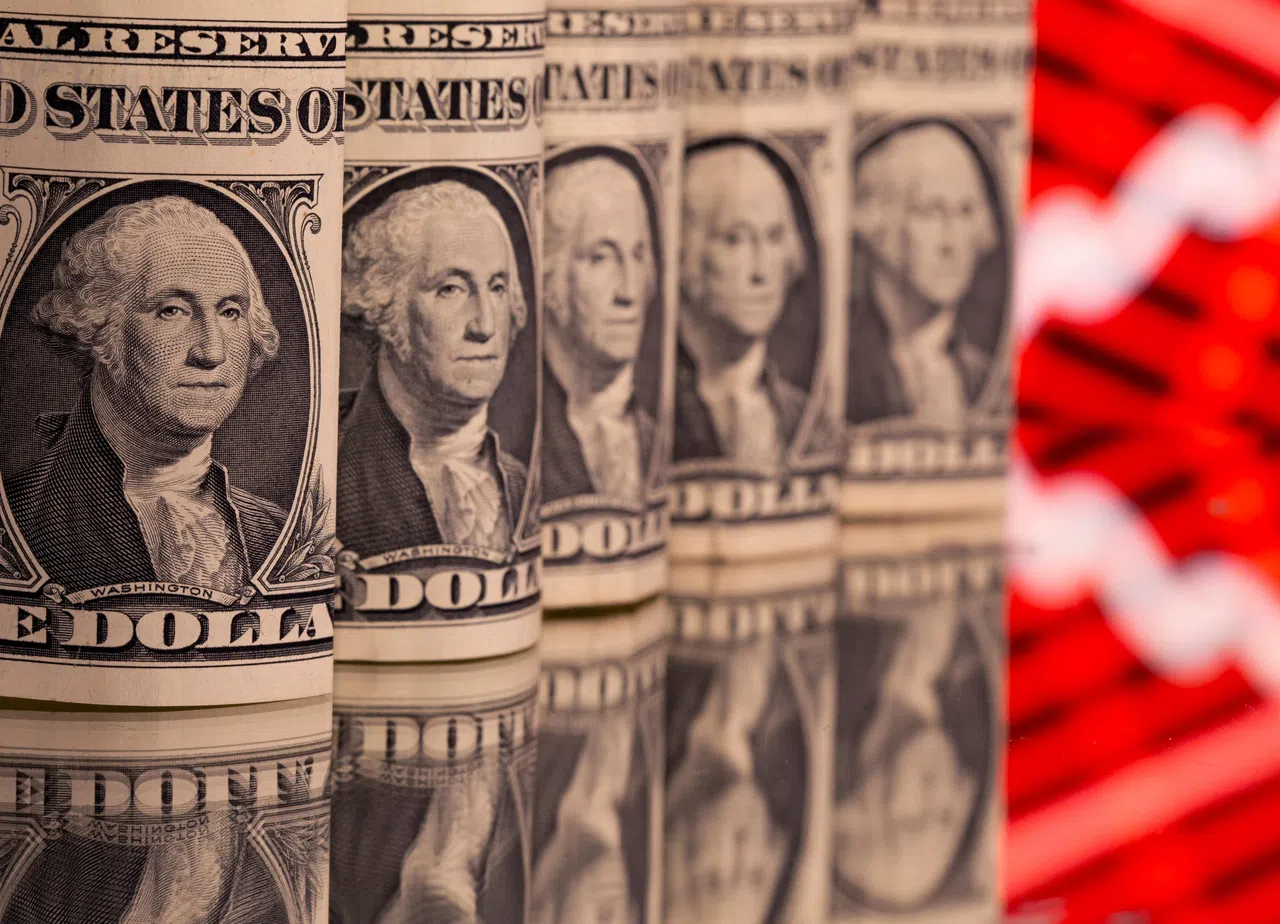THE US dollar edged up on Wednesday (May 8), recouping some of the losses stemming from renewed bets on Federal Reserve rate cuts this year, while the yen weakened for a third day, keeping investors wary of the risk of intervention from Tokyo.
In Europe, the Swedish krona came under pressure after the central bank cut interest rates and said it expected two more cuts this year, while the pound was stuck in negative territory ahead of a Bank of England meeting the next day.
The yen remained front of mind for currency traders, weakening for a third day and prompting Japanese officials to issue a stronger warning over the impact of the weak currency on the economy.
Traders believe Japanese authorities spent some US$60 billion last week on propping up the yen after it hit its weakest in 34-years against the dollar around 160 yen.
Analysts have said any intervention from Tokyo would only offer temporary respite for the yen, given the wide gap between interest rates in the US and Japan.
“If we were to see a sudden, sharp move up in dollar/yen then I would expect them to step into the market to support the yen. But if we continue to see a gradual move up, I doubt they’ll come in, but there’s obviously a risk,” said Carol Kong, a currency strategist at Commonwealth Bank of Australia.
GET BT IN YOUR INBOX DAILY
Start and end each day with the latest news stories and analyses delivered straight to your inbox.
The dollar was last up 0.5 per cent against the yen at 155.47, edging away from last week’s low of 151.86, hit on the back of suspected intervention.
Investors are focussed on the pace and timing of Fed rate cuts that will likely drive the currency market. The latest data showing weaker-than-expected US jobs creation, together with an easing bias from the US central bank, have cemented expectations that rates will likely be lower by year-end.
The dollar was last up 0.1 per cent at 105.48 against a basket of currencies, above last week’s one-month low.
In the meantime, central banks in Europe have already started cutting interest rates. The Swiss National Bank cut in March ahead of Wednesday’s move by Sweden’s Riksbank.
The European Central Bank has signalled its intention to cut in June, assuming the data points in the right direction, and the BOE is gradually smoothing the way to its first cut.
“What we’re looking at is a raft of European central banks going over the next few months, whether or not it’s June, or August. We’ve got a near 50 per cent chance of the Fed cutting in September, but I think that’s probably the one that could get pushed out,” XTB research director Kathleen Brooks said.
“For now, and particularly today, the focus is on Europe cutting first and we’re seeing that upward pressure on the dollar,” she said.
The euro was steady at US$1.0752. Against the Swedish krona, the euro rose 0.2 per cent to 11.709 kronor.
Sterling was down 0.1 per cent at US$1.24995.
In cryptocurrencies, Bitcoin was down 0.8 per cent at US$62,450, set for a fourth daily loss, its longest stretch of daily declines so far this year. Ether fell 1.5 per cent to US$3,000. REUTERS



